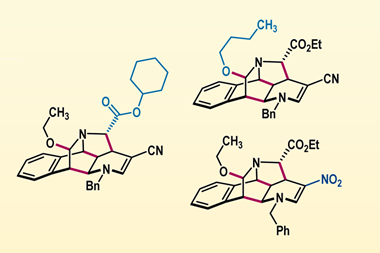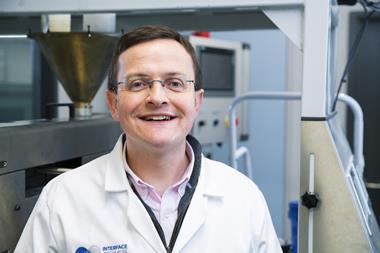A plant protein has been used to make a new class of glucose-responsive polymer nanogels that could one day negate the need for diabetes patients to constantly monitor their blood glucose levels and inject themselves with insulin.
Diabetes currently affects over 347 million people worldwide and with this number set to rise, research into the treatment of this disease is of vital importance. For type 1 and advanced type 2 diabetes, patients must regularly prick their fingers to check their blood glucose levels and inject themselves with insulin accordingly. This not only impinges on a patient’s quality of life, but also fails to precisely control the dose of insulin reaching its main site of action, the liver.
As a potential solution to these failures, Weitai Wu and co-workers at Xiamen University in China have devised a polymer nanogel that can reversibly respond to glucose to deliver the necessary amounts of insulin. Concanavlin A, a lectin protein extracted from Jack beans, is interpenetrated in the polymer network of the nanogel. Glucose induces a conformation change in concanavlin A subsequently causing a change in the volume of the nanogel. Insulin loaded onto the nanogel is released by this volume change. The work could lead to a self-regulating insulin delivery system that mimics the activity of the pancreas.

Todd Hoare, a nanogels expert at McMaster University in Canada praises the ‘excellent pulsatile insulin delivery response’ shown by the gels. However, he warns that ‘there may be challenges in the clinical translation of the nanogels in terms of maintaining the glucose responsiveness, as well as controlling the biodistribution upon injection.’
Wu agrees that clinical translation of the nanogels will be a major challenge and says 'true physiological studies are crucial development steps towards their ultimate use in diabetes management'.






No comments yet